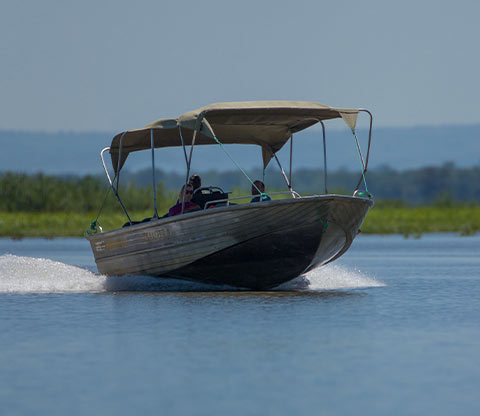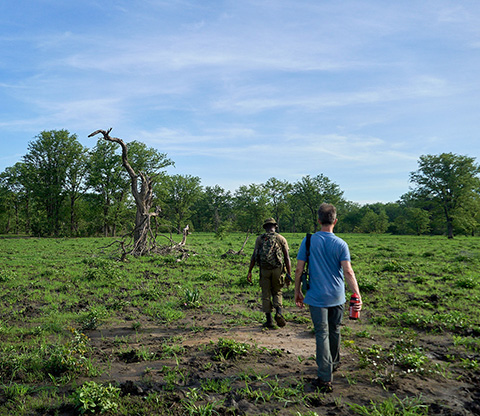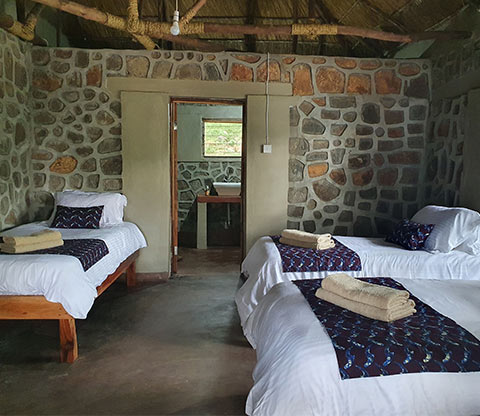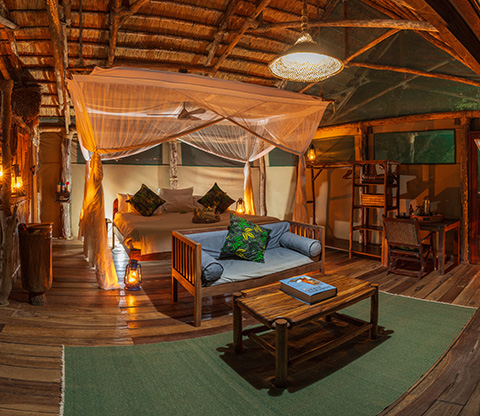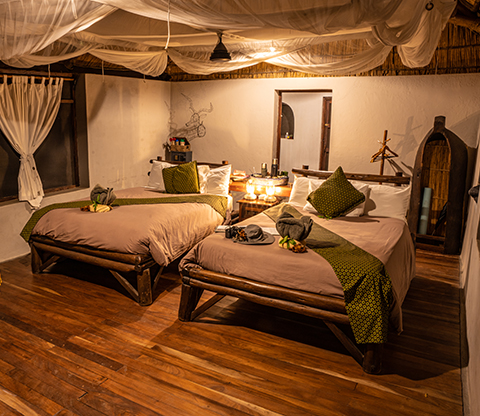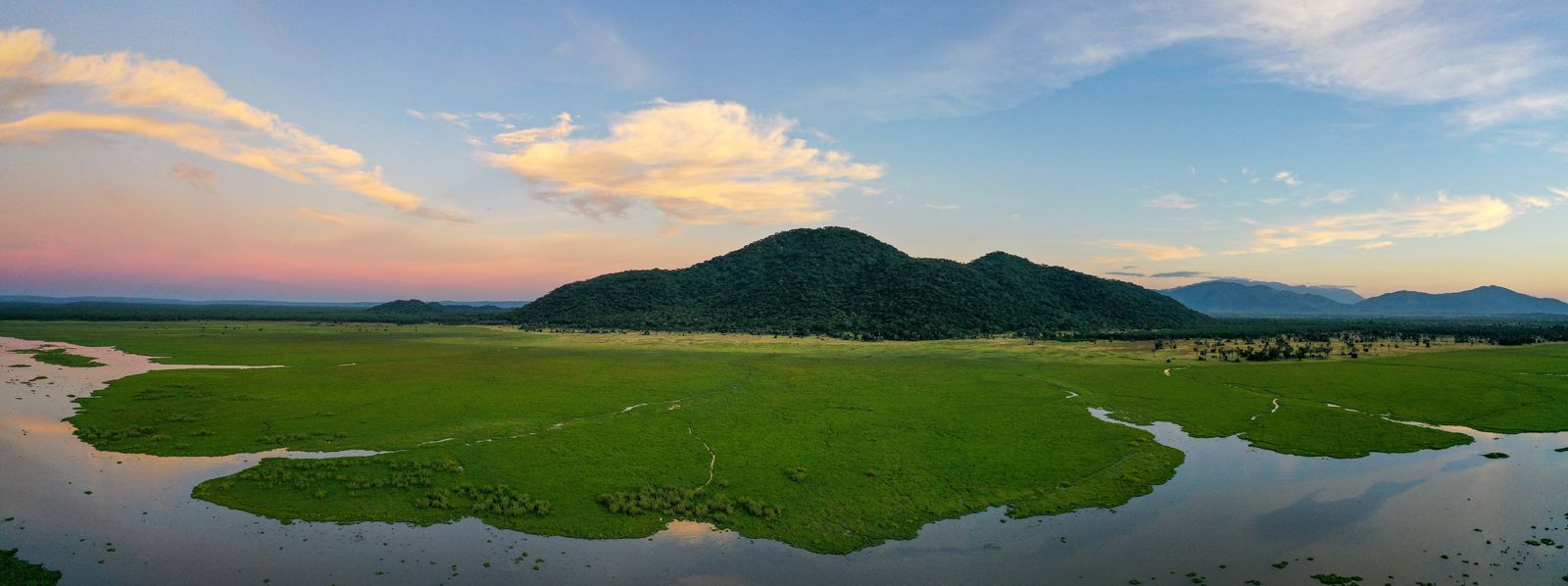
Liwonde National Park
With the stunning riverine setting of the Shire River, open floodplains and dense woodlands, this diverse and fertile landscape supports a vast array of wildlife.
Experience Liwonde National Park
Liwonde National Park is one of the must-visit safari destinations in southern Africa today – and drifting down the Shire River amidst hippo and other animals coming to drink, it is easy to see why.
Few visitors leave Liwonde disappointed thanks to excellent populations of elephant, buffalo, waterbuck, hippo and other large mammals, regular predator sightings – lion, cheetah and wild dog – and amazing views across the Borassus palm-studded floodplains.
Cathedral-like mopane woodlands interspersed with candelabra euphorbia offer good chances of seeing buffalo and sable antelope. Finally, Liwonde is a birdwatcher’s delight with easy viewing of Pel’s fishing-owl, Boehm’s bee-eater, Lilian’s lovebird and Livingstone’s flycatcher.
Where to Stay
By visiting Liwonde and Mangochi, you are helping to generate funds that contribute directly to the reserve’s long-term sustainability, community support and wildlife conservation. Choose from the different accommodation options available below and enjoy a spectacular wildlife experience.
More About Liwonde National Park
Liwonde National Park is located on the banks of the Shire River and Lake Malombe, which flows out from Lake Malawi. Floating meadows and palm-studded floodplains, formed by the tranquil Shire, are synonymous with the park. Floodplains teem with waterbuck, impala and warthogs. Specials include buffalo, sable antelope and eland. Elephants crossing the Shire River are always a treat, and lion and cheetah sightings are frequent. At night, the sounds of roaring lions echo over the plains, while smaller predators such as civets and jackals hunt in the cover of darkness. It is home to the rare and critically endangered black rhino as well as over 400 bird species.
In 2018, African Parks’ mandate was extended to incorporate the adjoining 358 km² Mangochi Forest Reserve. This addition increases the area of conservation, and Mangochi therefore is a critical ecological catchment – it serves as an important dispersal area for elephants and other species in this region in Malawi. It is home to a small elephant population, a good number of leopard and uniquely occurring bird and butterfly species.





